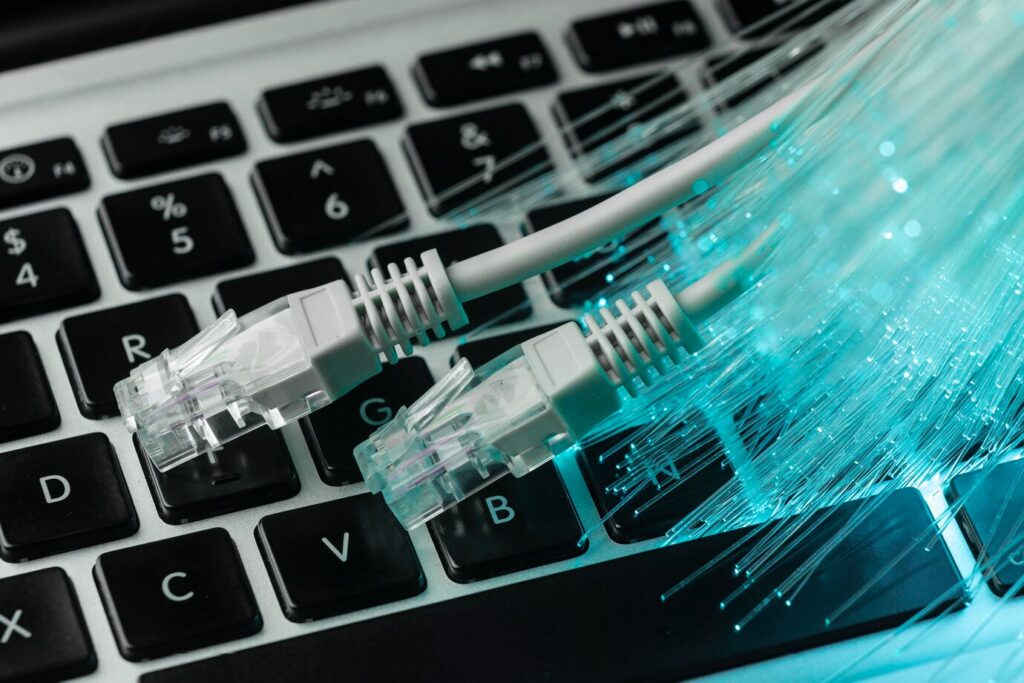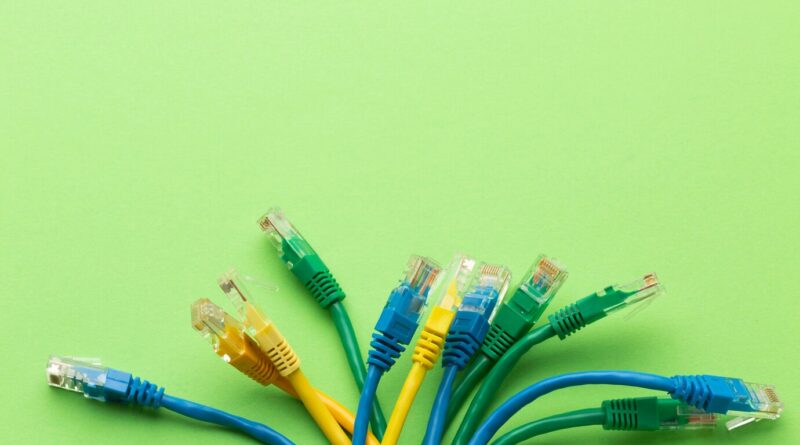Troubleshooting Common Internet Issues
Welcome to the digital age, where the internet has become an integral part of our daily lives. Whether you use it for work, communication, entertainment, or information, a stable and reliable internet connection is crucial. However, as with any technology, issues can arise that disrupt your online experience. In this comprehensive guide, we will delve into the world of troubleshooting common internet issues. From slow speeds to connectivity problems, we will explore the various challenges users face and provide practical solutions to help you navigate the complex web of internet troubleshooting.
The Anatomy of Internet Issues

Before we dive into specific troubleshooting techniques, it’s essential to understand the underlying causes of common internet issues. From hardware malfunctions to software conflicts, a myriad of factors can contribute to a poor internet connection. Let’s take a closer look at some of the most common culprits:
1. Hardware Problems
One of the most frequent causes of internet issues is hardware-related problems. This can include faulty routers, damaged cables, or outdated equipment. If you’re experiencing slow speeds or intermittent connectivity, it’s crucial to check your hardware components for any signs of malfunction. Replacing defective hardware or upgrading to newer devices can often resolve these issues.
2. Network Congestion
Network congestion occurs when too many devices are connected to the same network, leading to a slowdown in internet speeds. This is a common issue in households with multiple users streaming videos, playing online games, or downloading large files simultaneously. To alleviate network congestion, consider limiting the number of devices connected to your network or upgrading to a higher bandwidth plan from your internet service provider (ISP).
3. Software Glitches
Software glitches can also cause internet issues, such as browser crashes, DNS errors, or compatibility issues with certain websites. Clearing your browser cache, updating your software applications, or using a different browser can help resolve these software-related problems. It’s essential to keep your software up to date to prevent these issues from occurring.
Diagnosing Internet Problems
Now that we’ve identified some common causes of internet issues, let’s discuss how to diagnose and troubleshoot these problems effectively. By following these step-by-step guidelines, you can pinpoint the root cause of your internet woes and implement the necessary fixes:
1. Check Your Internet Connection
The first step in troubleshooting internet problems is to check your internet connection. Verify that your modem and router are powered on and that all cables are securely connected. You can also perform a speed test using online tools like Ookla Speedtest to determine your current internet speeds. If the results indicate slow speeds, you may need to contact your ISP to investigate further.
2. Restart Your Devices
One of the simplest yet most effective troubleshooting techniques is to restart your devices. Power cycling your modem, router, and computer can often resolve minor connectivity issues by resetting their configurations. Give your devices a few minutes to reboot before attempting to reconnect to the internet.
3. Update Your Firmware
Outdated firmware can lead to performance issues and security vulnerabilities in your network devices. Check for firmware updates for your modem and router manufacturers’ websites and follow their instructions to install the latest updates. This can improve the stability and functionality of your devices, potentially resolving internet problems.
4. Run Network Diagnostics
Most operating systems have built-in network diagnostic tools that can help identify and fix internet issues. Windows users can use the Network Troubleshooter, while Mac users can utilize the Network Diagnostics tool. These utilities can detect common connectivity problems and offer solutions to address them.
Advanced Troubleshooting Techniques
For more complex internet issues that require advanced troubleshooting techniques, consider the following strategies to resolve persistent problems:
1. Check for Interference
Interference from nearby electronic devices can disrupt your Wi-Fi signal and cause connectivity issues. Keep your router away from appliances like microwaves, cordless phones, or Bluetooth devices that can interfere with your Wi-Fi signal. You can also change the channel on your router settings to minimize interference from neighboring networks.
2. Reset Your DNS Settings
DNS (Domain Name System) converts domain names into IP addresses that your computer can understand. If your DNS settings are misconfigured, you may experience difficulties accessing websites or resolving domain names. Resetting your DNS settings or switching to a public DNS server like Google DNS or OpenDNS can help resolve DNS-related issues.
3. Update Your Network Drivers
Network drivers are essential software components that facilitate communication between your computer’s operating system and network devices. Outdated or corrupted network drivers can cause connectivity problems, such as slow internet speeds or dropped connections. Check for updates on your device manufacturer’s website and install the latest network drivers to ensure optimal performance.
Expert Opinions
According to tech experts, proactive maintenance and regular monitoring of your network devices are essential to prevent internet issues. By keeping your hardware and software up to date, you can minimize the risk of encountering connectivity problems. Additionally, investing in quality networking equipment and following best practices for network security can enhance the reliability and performance of your internet connection.
Common Misconceptions
One common misconception about troubleshooting internet issues is that restarting your devices can fix any problem. While power cycling your devices can resolve minor connectivity issues, more complex problems may require advanced troubleshooting techniques. It’s essential to diagnose the root cause of the issue before implementing a solution to ensure a lasting fix.
Conclusion
To wrap things up, troubleshooting common internet issues requires a combination of technical knowledge, patience, and perseverance. By understanding the underlying causes of connectivity problems and employing effective troubleshooting techniques, you can overcome the challenges of the digital world. Remember to stay informed about the latest developments in technology and seek professional help if you encounter persistent internet issues. With the right tools and strategies, you can enjoy a seamless online experience and stay connected in today’s fast-paced digital landscape.




